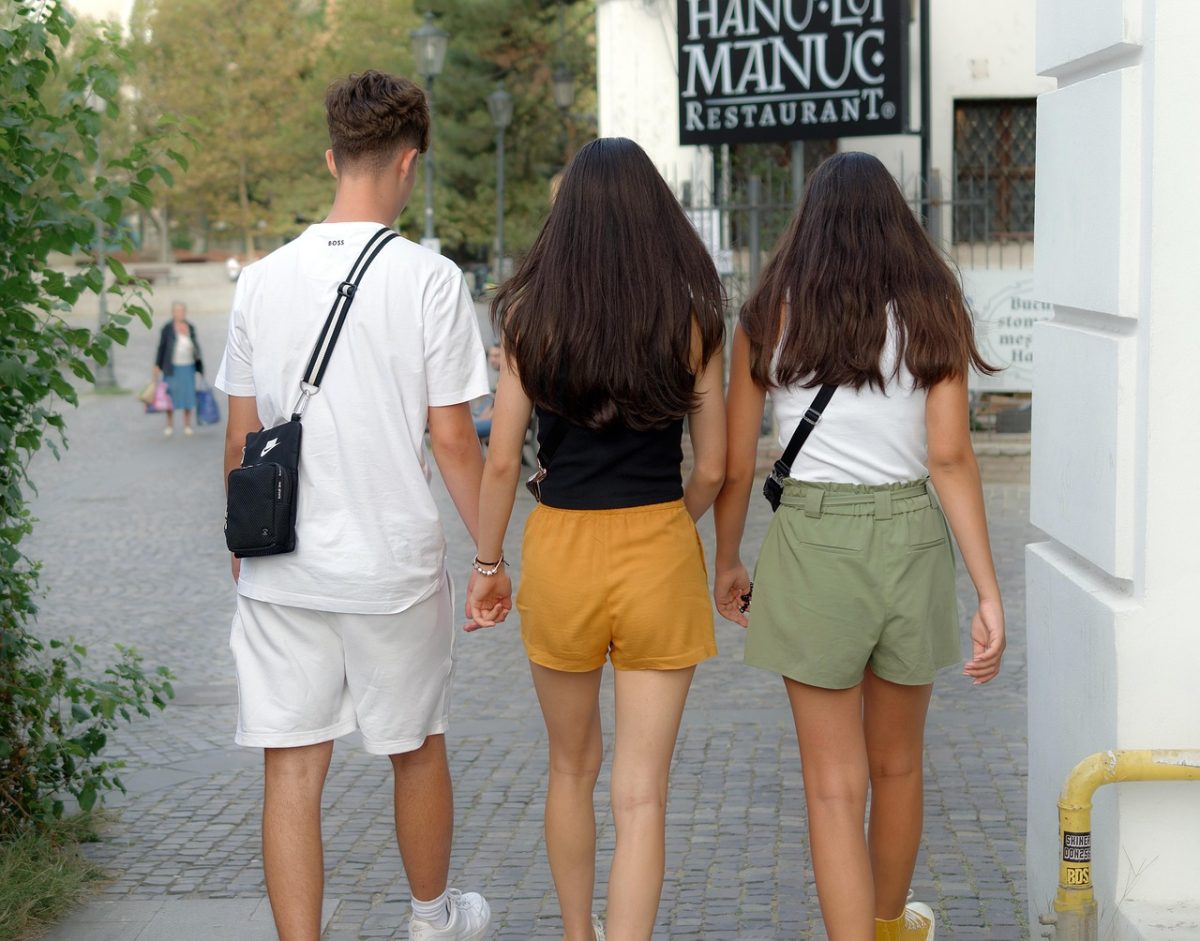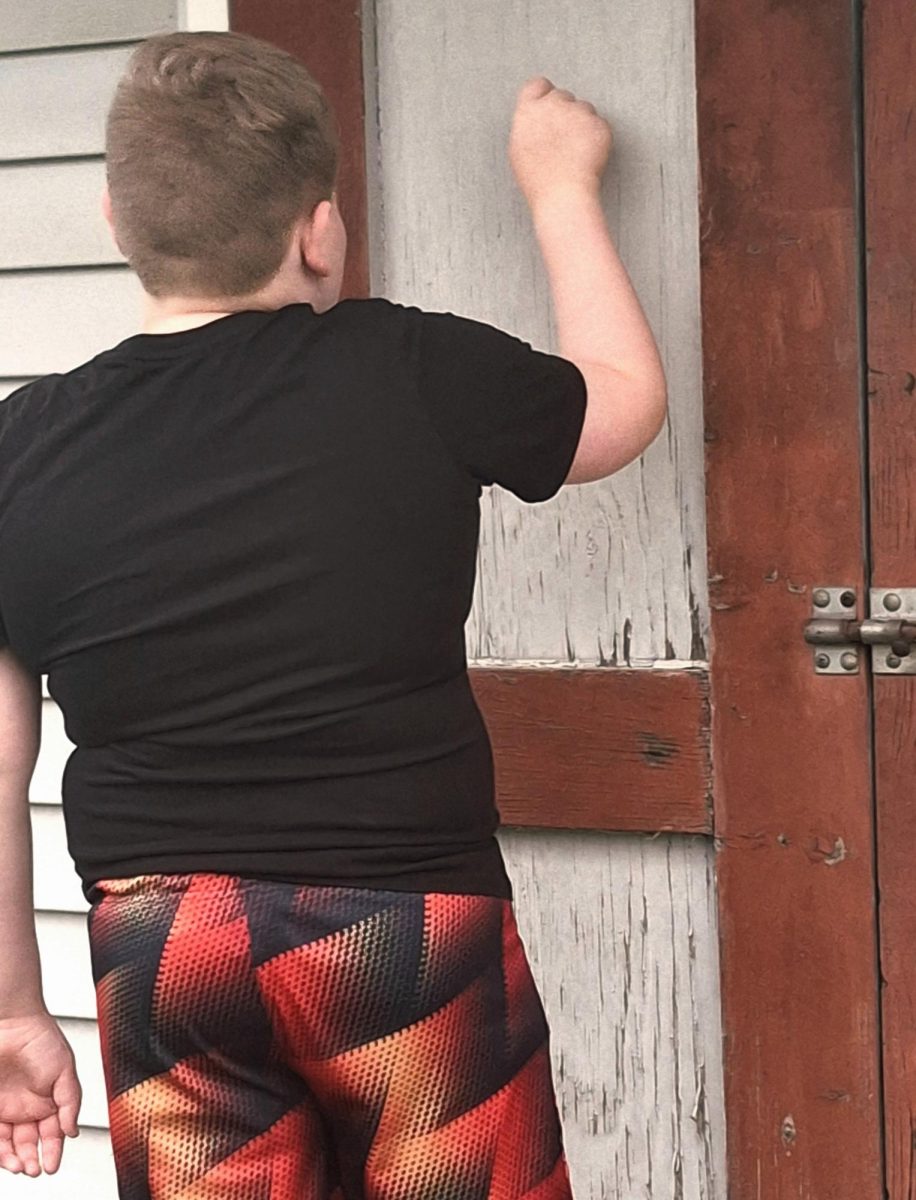A McDonald’s location in Franconia, Virginia has recently banned customers under the age of 21 from entering their dining area due to a series of violent incidents from local high schoolers. This is just one of many examples of the decline of public hang out spots for teenagers.
There has been an influx in the decline of “third spaces” or places in the community where people can gather to socialize in the late 20th and early 21st century. Places like malls, libraries, and coffee shops have fallen victim to the rise in social media. Where teens used to stroll local shopping centers, the newest trendy jacket and viral chocolate bar are now available at their fingertips. Whether it be through Tik Tok shop, or Amazon, most any item can be purchased accompanying a late night social media doom scroll. You may even come across a funny video during that scroll, click share and find your friend’s contact. With just a few simple clicks, they can see the video and respond with a laughing emoji.
Especially after the Covid-19 pandemic of 2020, many local spaces have changed their hours or even shut down entirely. Bankruptcy has been on the rise as many businesses struggle to climb back up the consumer ladder after their decline during covid. Some places that were once open 24-7 now have much shorter hours.
The teens in places decrease, and the prices due are just the opposite. A teenager, who is only able to get a part time job, does not have the money to justify the ever rising prices of goods. This may be a reason that discourages teens from going out. If you had to choose between the entrance fee to an arcade and a new video game that you can play forever, what would you choose?
“It’s 10 PM. Do you know where your children are?” was a public service announcement popularized on American television in the 1960’s-80’s as a reminder for parents to make sure that their children were at home and safe. Today, such an announcement is largely unneeded. Parents have been increasingly more restrictive of where their children go and when do to safety concerns of the modern age. Parents are keeping a close eye on their children with Life 360 and other popular location sharing applications, rather than letting their children take the risk to roam the world without being monitored.
On top of this, there simply aren’t as many teen spaces around as there used to be. With stores within shopping malls catered to teens going out of business, arcade losing traction in favor of at home console usage, and lack of teen clubs and youth centers being established, teens are losing the places that were once their hot spots. Between this and the rise in ‘no loitering’ policies, teens are being forced out of the same spaces they used to dominate.
What problems could this cause? Well, the social interactions of teenagers have greatly decreased as teens have less ways to connect with one another. Teens having no place to hang out, can also increase spontaneous and sometimes dangerous activity. Due to boredom, teens may begin to engage in fights, online bullying, or substance use. Screen time increasing will only become more of a problem with the decline in teen spaces, as they will have more time alone without anything else to do.









